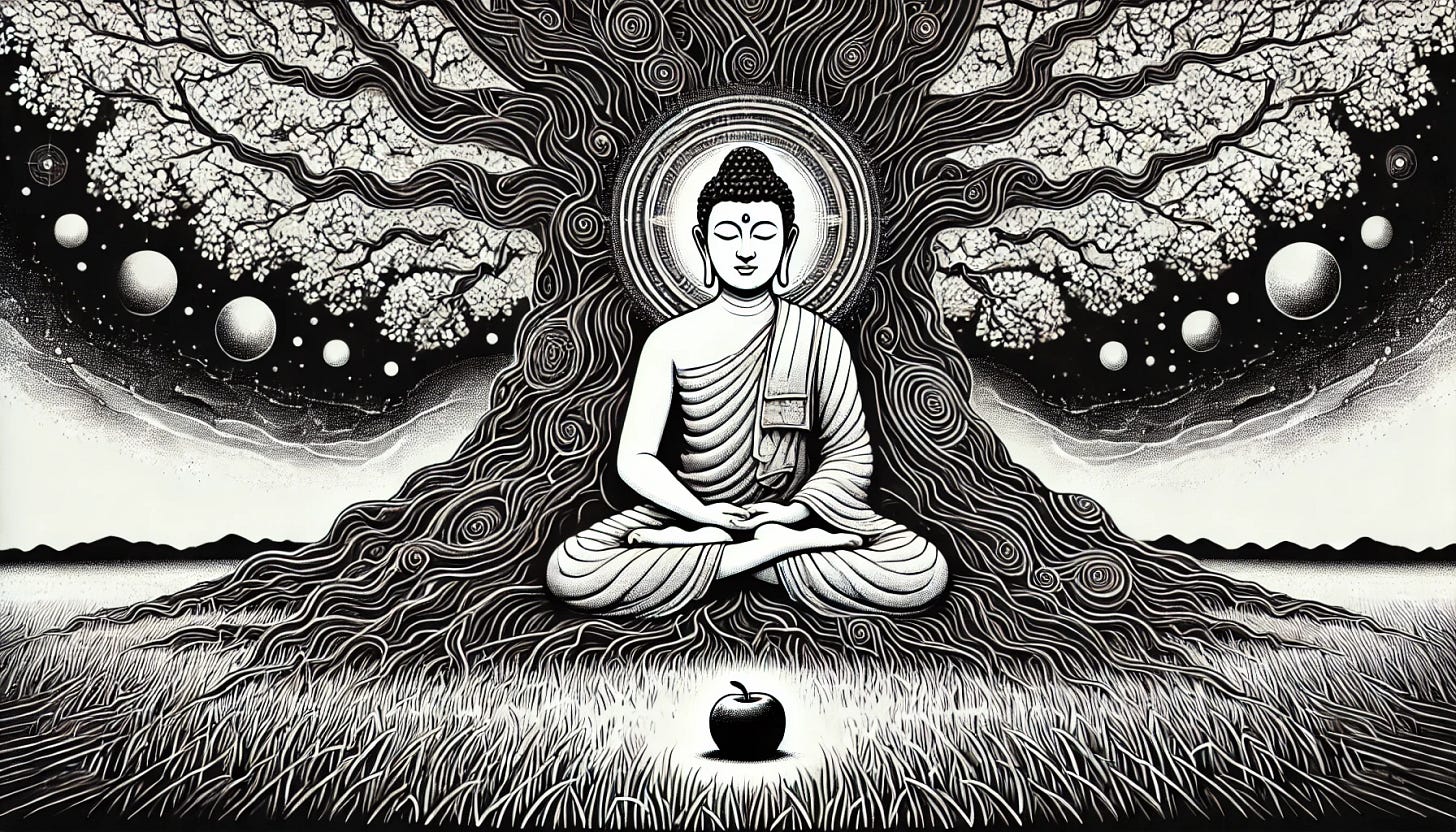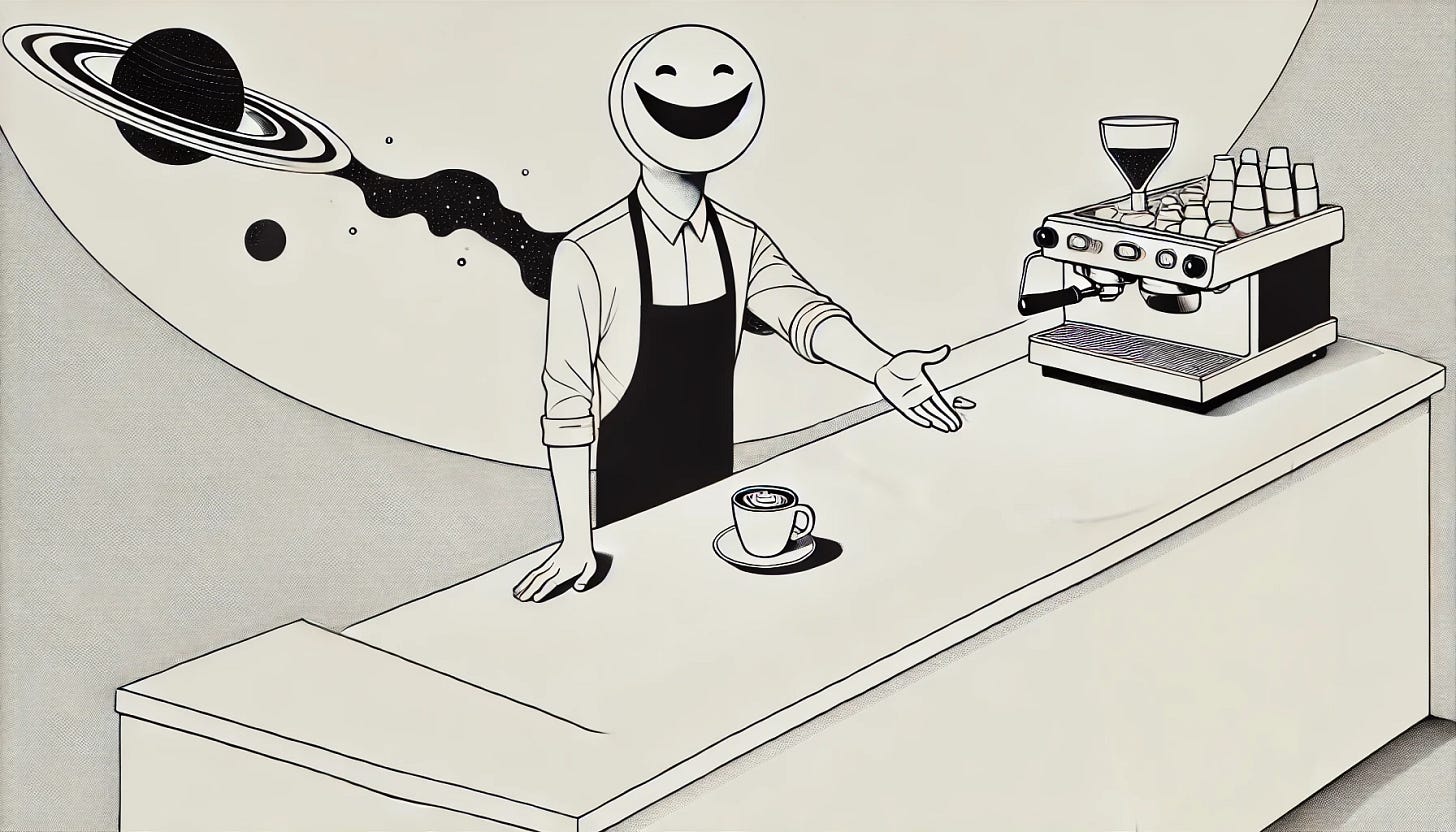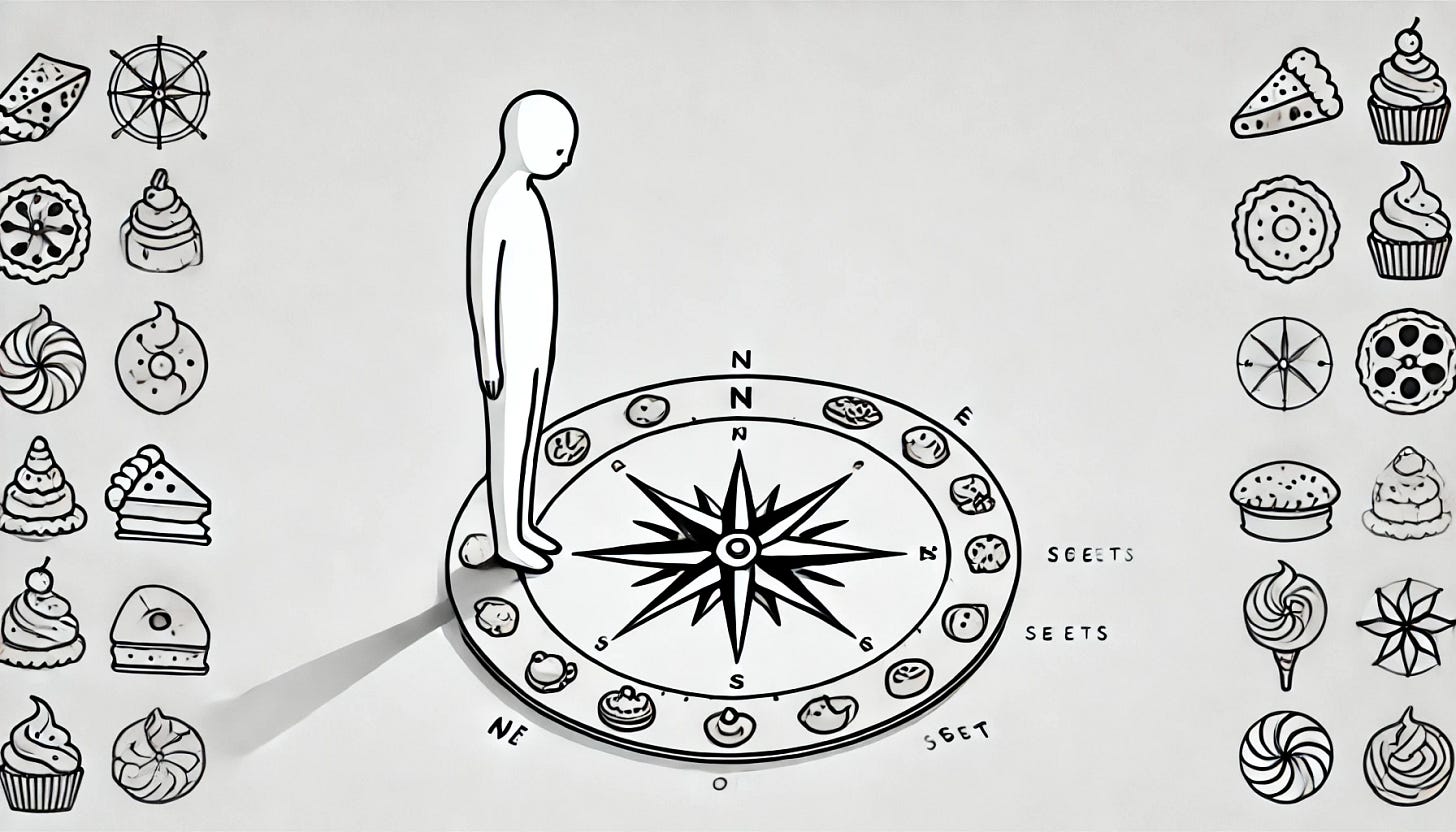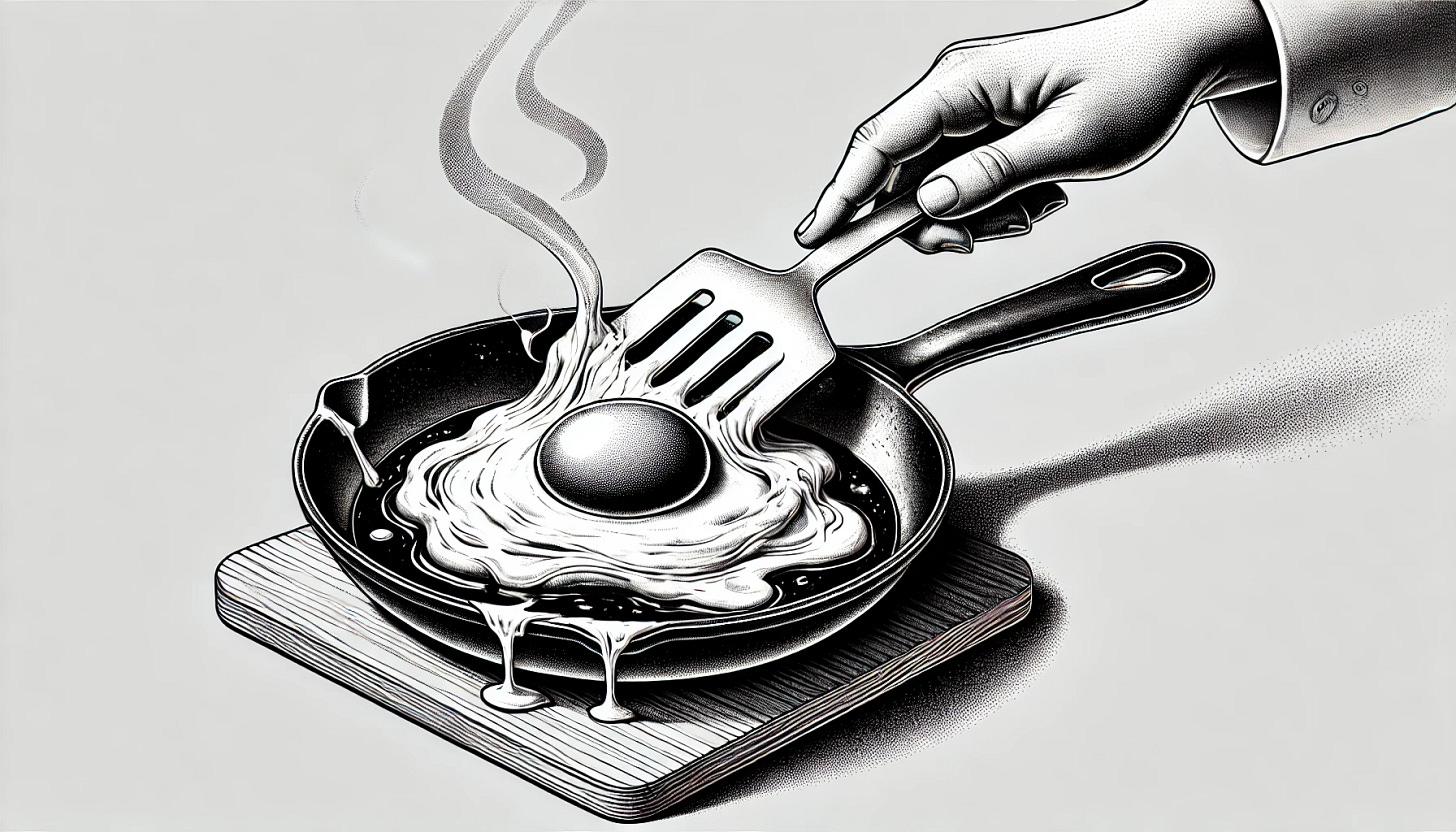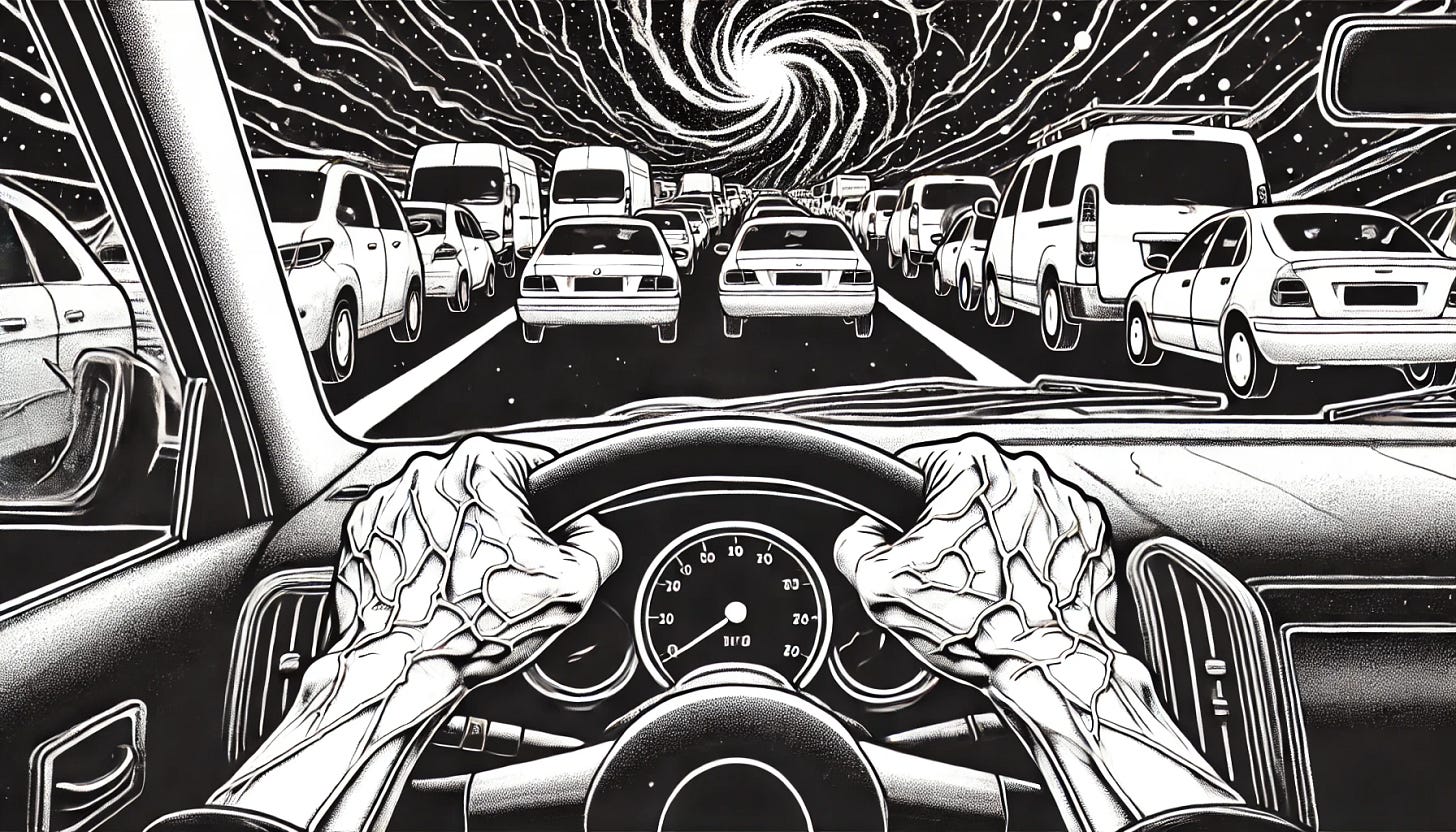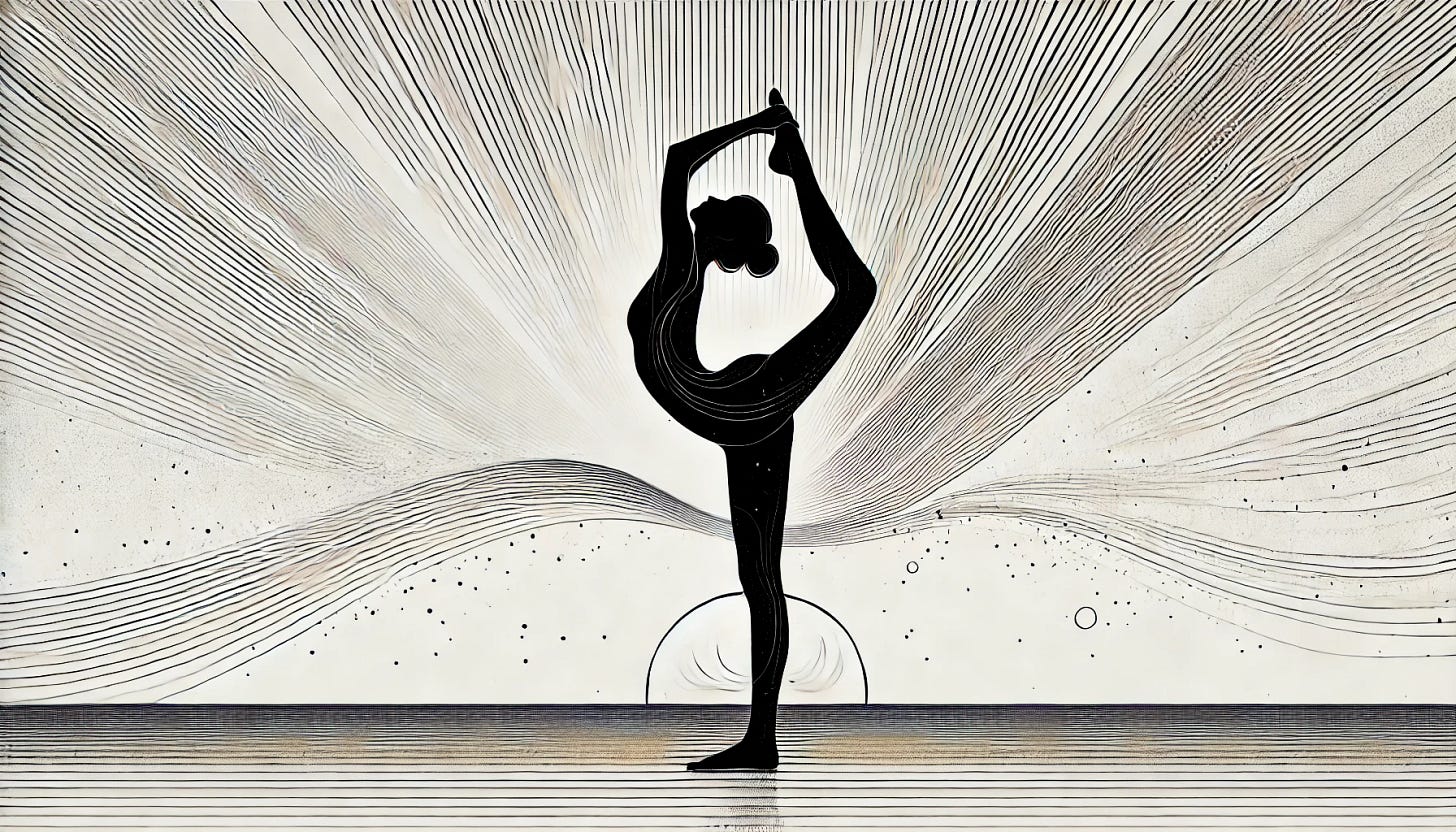Dispassion vs. Non Attachment
Sutra 15: Drṣṭānuśravika-viṣaya-vitṛṣṇasya vaśīkāra-saṁjñā vairāgyam — The consciousness of self-mastery in one who is free from craving for objects seen or heard about is non-attachment.
Sutra 15: Drṣṭānuśravika-viṣaya-vitṛṣṇasya vaśīkāra-saṁjñā vairāgyam
The consciousness of self-mastery in one who is free from craving for objects seen or heard about is non-attachment.
Interpretation of this sutra hinges on the last word, vairāgyam.
In more classical / literal translations, the English equivalent is dispassion.
In modern translations, non-attachment is used, and I feel it’s a lot more directive / descriptive. It also avoids a common pitfall I’ve seen when westerners too quickly adopt eastern philosophies.
Here’s how it reads using dispassion instead in two alternate translations ↙️
The consciousness of perfect mastery over desires for objects seen or heard is dispassion. Sri Swami Sivananda
Dispassion is the consciousness of mastery over desires that arise from contact with visible or invisible objects. B.K.S. Iyengar
Taken out of this context, “dispassion” sounds/feels a lot like our conventional notion of depression.
A state where nothing gets you excited anymore. The fire in you is extinguished. Life’s sweetness no longer motivates you to get out of bed in the morning. Passion is gone from your experience.
It’s also close to apathy, which I think is often easily conflated with the practice of non-attachment (within the scope of self-mastery). Not giving a shit if someone near you is suffering is much different than training your mind to be steady and calm at all times.
Why is dispassion a weird concept for us?
If, like me, you grew up in the 21st century version of the United States in a relatively stable socio-economic subset of the nation, you probably were told that you can do anything and be anything you want to — so just find what excites you. Find your passion, right?
After four years of passionately drinking cheap beer at one of our wildly overpriced universities, we walk into job interviews at fast food chains, and are expected to tell the manager crap like “making coffee is my passion I just love everything about it, the smell, the warmth, the feeling of the first sip — I was meant to make $15/hr as a barista it’s my soul’s mission”.
We are trained to respond to passion — thus we are trained to feign it, too.
If you instead found your way into the corporate world, you probably end up hating your job after a few years, but already took on a mortgage and maybe had kids too so you suck it up and keep going to work, starting up a passion project on the side to keep your spark alive.
The success stories of our culture, Steve Jobs for example, are reiterated over and over as proof that following your passion is the only shot we have at happiness and legacy. Just find that thing, grab hold tight, and blindly follow where ever it leads you. Here’s to the crazy ones, right?
There’s one big problem with that attitude: it’s completely externalized.
Let’s change the world!
These days, if you aren’t aiming to change the world with your software startup / 3D printed organs / sourdough bread making YouTube channel, are you even trying?
In our culture, we are obsessed with making our mark — doing such great things that monuments are built to commemorate our deeds and little kids can stare up in wonder at a great big pile of stone and concrete as they feel the magnitude of our impact on human history.
But we spend pretty much no time thinking about the way we feel our own thoughts.
With our preferences such positioned as magical oracles that purport to point the way towards happiness and legacy, practicing dispassion in our culture looks like outright rejection of life.
But according to the yoga sages, it’s actually the path to true freedom (which includes the ability to do great things deserving of monuments).
I can follow that instruction on the outset, but upon closer examination, dispassion is simply not intuitive for (at least my) western brain. Even if I’ve become generally friendly towards the idea, there is still a lot of quiet inertia built into my mentality from growing up in this “follow your passion” era of society that makes it hard to passionately engage with dispassion as a practice 😉
Dispassion vs. Non Attachment
That’s probably why non attachment feels so much more directive and clear for describing what we are aiming to work on when studying this sutra.
Non attachment implies that there is something that attaches and there is something that is attached to. The state we want to create is where the thing that attaches does not get attached to the things that are attached to. Simple enough, right?
If you’re a hot skillet (passionate person), you can still fry an egg. The question is whether or not it’s the only egg you can fry before someone has to scrap off the remnants.
As you sit in the seat of awareness, whether in an asana or just moving through your day, within that field of awareness “things” arise. The smell of pancakes on the griddle, the sound of cars passing on the street, the butterflies fluttering in your stomach as your crush walks by.
This kind of sensory information is constantly being provided to your brain. Even if you close your eyes and lay in a sensory deprivation chamber, the information has simply changed from a mosaic of color and sounds to blackness, and likely the internal dialogue still rambling around in your head.
The question to confront as a yogi is whether or not that information causes noticeable changes in your state of being.
If it is, you are not changing the world at all — the world is changing you.
When you smell the pancakes, your brain probably processes that information as an indicator that eating will soon occur, and your stomach starts to grumble as it prepares for food to enter and to break it down into digestible nutrients. That might seem inevitable or out of your control, right?
But think for a moment.
The brain is simply an information processing unit. It’s job is to help you make sense of the raw data and identify patterns / trends that it can recognize and elicit new states in the body to prepare for the environment at large.
With the pancakes, it has formed an association that when pancakes are smelled, eating occurs — likely because that’s what happened most of the times that that information has arisen before. Seriously, has there ever been a scenario where your mom was making pancakes and you smelled them and didn’t eat them within the next 15 minutes?
So what would happen if you willfully interrupted that cycle of seemingly subconscious reactivity?
Here’s a better example to illustrate this point:
When you’re driving home from work, someone cuts you off in traffic and flips you off. What happens?
Maybe you honk your horn and begin preparing a list of obscenities to hurl at them, should you be lucky enough to inch your way up beside them amidst the sea of other vehicles. There was reaction and now rumination.
What about in the body? Your muscles may be tense, your adrenal glands secrete cortisol preparing your body for a physical confrontation (that is unlikely to occur).
Even if you’ve studied a little pacifism (or are just generally not a Masshole like me that’s prone to vindictive actions on roadways) you may not outwardly react (no horn honking, no gesticulating) but inwardly there are still changes in your system. Tension in the belly. Grip the wheel a little tighter. Grind your teeth a bit.
They can be subtle signals, but if noticed, they provide a new form of information for your 2-4 lbs of gray-matter to process — I’ve been reacting.
When you notice that happening, you create the chance to interrupt the cycle (and create a new one).
After cultivating this mental resilience, the smell of pancakes is simply the smell of pancakes. It need not be the reason your mouth begins to salivate.
Over time, the more data points you give yourself to reference where a stimulus (pancakes, traffic incident) is not engaged with — the more easily you’ll be able to stay steady, calm, and unaffected.
Dispassionate, in a sense, yes. But more usefully: unattached.
Those moments no longer hook into you, pulling you off your center.
You can get cut off, beep your horn, and swerve a bit — but your heart rate stays the same, and you don’t end up thinking about the incident for the rest of the day.
It’s a practice that takes time. If you’re 10 years in to reacting, that’s a lot of data points you need to slowly chip away at with consistent practice of non attachment.
We work on this during a yoga class by aiming to stay centered on the breath throughout the flow.
The poses (asana) are like mirrors to the internal state of being.
Adjust your body into the posture, and watch. What arises? If you’re taking a full bind in extended side angle, but notice you’re taking short, quick breaths, that means your airway is compressed and your body wasn’t ready at that moment for such a scenario.
So you back out, move in more slowly, and find the sticking points.
Leaning into those sticking points is where the practice drives us towards self-mastery. But identifying them first requires that we bring an attitude of non attachment to our movements.
You can take warrior 3, peek in the mirror and see “yes this looks right”. But if you aren’t focused on feeling the sensations that the posture is creating in you (locked knee in standing leg, rounding shoulders) then you are missing the chances to use that information towards creating greater states of freedom in your being.
Whichever speaks to you, dispassion vs. non attachment —
Recognize that the aim is to become unbothered by the fluctuations around you.
The world is always changing, and it will take you along for the ride if you can’t let go of the thoughts that it creates in you.
So go ahead, beep your horn, let the other person know you exist. But don’t let them (or anyone else) take away your peace.



